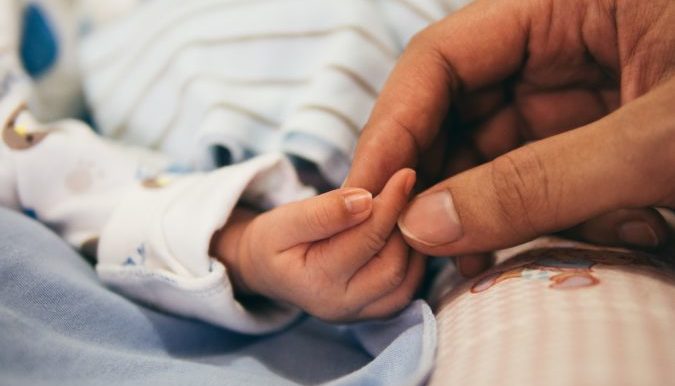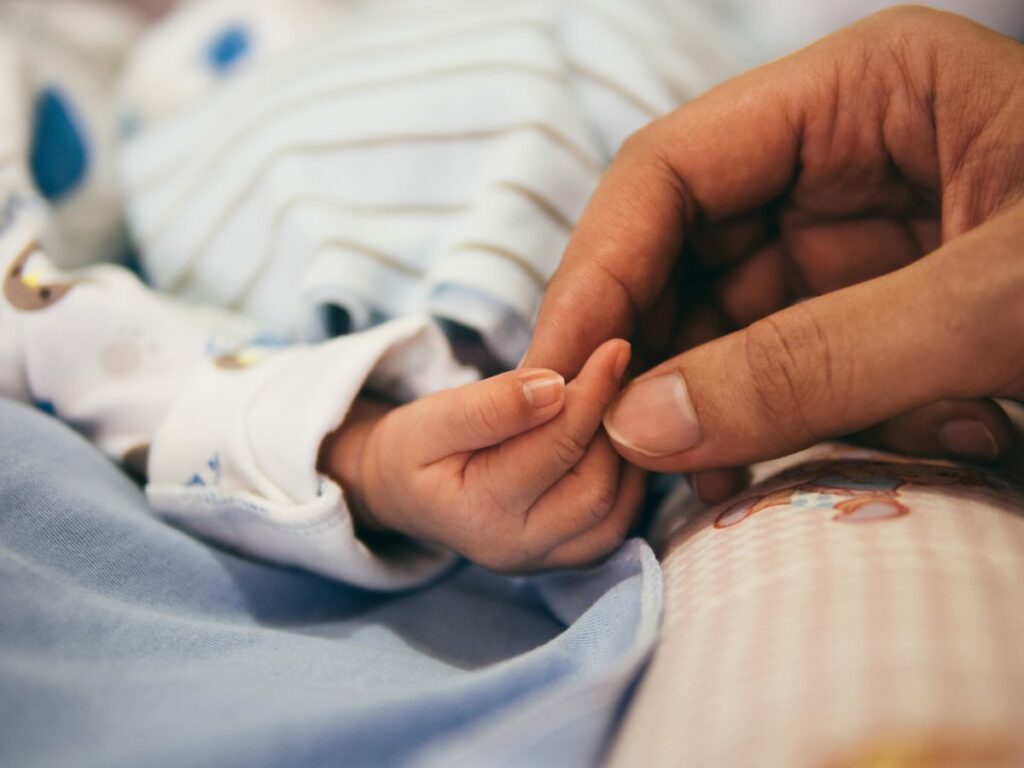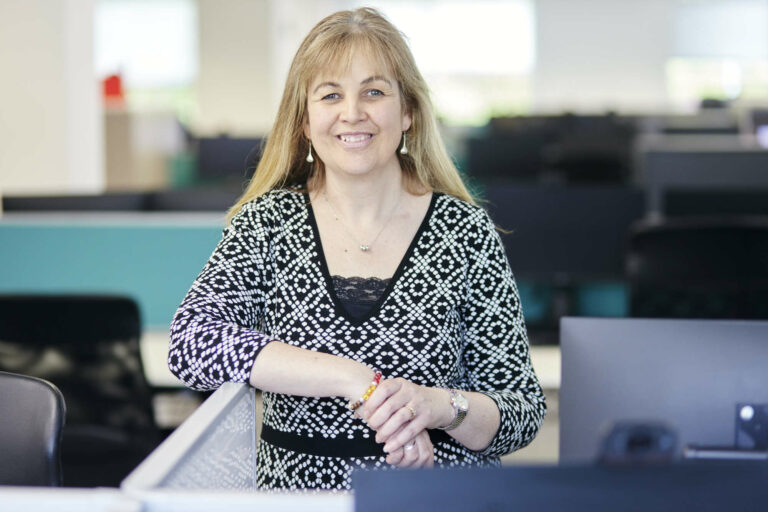
I had never really considered sepsis to be any real threat to me or my family. I had heard the term and thought it was something that probably only happened if you were unlucky enough to get an infection after an operation, or was linked directly to poorer countries where basic medical care is sadly lacking.
However, many years prior, along with my first clinical negligence case concerning sepsis came the brutal knowledge that sepsis is actually the primary cause of death from infection across the world.
In fact, it claims around, 40,000 lives in the UK alone each year.
Sepsis is not a disease in its own right, like say cancer, but it can arise due to another underlying infection. Common infections – such as pneumonia (chest infection), Urinary Tract infections (UTIs, water infections) or after an operation or an accident if there is an open wound prone to infection – may be catalysts for sepsis to take hold.
The craziest thing is that it is your own body that creates it! Your immune system (the body’s defence to infection) goes into overdrive, overreacting to try and stop the invading infection, but instead goes too far and starts attacking your own body in the process.
Sepsis is serious.
At worse, it can lead to organ failure and septic shock if left untreated, both of which are too often fatal.
So what are the symptoms of sepsis?
This is the big problem. The symptoms are fairly non-specific and unless you are already aware or being monitored for an underlying condition, such as a chest infection (pneumonia) or as an inpatient post-operation, then the symptoms can be all too easy to miss or misinterpret as just being unwell… until it becomes really serious.
This is especially true in babies or infants, a fact I sadly I know all too well.
Sepsis hit like Falling off a cliff
My one year old daughter, who had been born prematurely at 32 weeks, had a persistent cough for about three weeks. She had no temperature, no cold, was not off her food, had wet nappies and was seemingly otherwise well…all the usual markers you look for to see if your child is sick, when they cannot tell you themselves, were absent. But suddenly one evening after finishing her dinner she vomited and her temperature spiked to over 38 degrees. This along with the persistent cough was enough for me to take her straight to A&E.
After an extremely long wait along with doses of calpol that were not helping her temperature, she was seen and diagnosed with an upper respiratory infection. She was alert and chatting, looked poorly, but not really sick. The registrar wanted to xray her chest to make sure there was nothing more sinister causing her temperature, like pneumonia, which may have required antibiotics, but the consultant overruled him and we were sent home. I accepted this. Even with my slightly advanced knowledge in this area, from previous case work, I figured it was probably more likely to be a virus that her body needed to fight. I have an older child and this was commonplace in the early years.
A day later, however, everything changed. Suddenly. Like falling off a cliff.
I had already booked a GP appointment that day, just to be safe and get her checked again, but as we arrived at the surgery my baby became floppy, unresponsive and her feet were like ice. The GP called an ambulance immediately and she was rushed into hospital. By this point she was vomiting and crying. The iciness had travelled all the way up her legs to just below her knees. Her skin turned purple and mottled. It was then I realised that this was serious. This was likely sepsis.
Needless to say I was fairly hysterical on arrival at A&E and just wanted the Drs to do their job as quickly as they could, which they indeed did. They pumped her full of endless fluid to get the blood moving round and perfuse her legs to make sure that they did not become seriously injured. They also pumped in antibiotics without awaiting blood results to avoid delay or more damage. It felt like hours that they worked on her, but in truth was probably only about 30 minutes before my daughter’s legs became pink and warm and she sat up and demanded “milky”!
She had gone into septic shock. She could have easily lost her legs or worse died.
Thanks to my close monitoring, the quick actions of the GP and indeed the work of the A&E doctors, neither of those outcomes occurred.
She spent four days in hospital and made an utterly remarkable recovery, with no known organ damage. Five years on, everything is looking good.
The underlying infection was, as the registrar had thought, pneumonia. Her little body was so strong and so furiously trying to fight it off, it had gone haywire and started attacking its own system.
It was the most terrifying moment of my life, and her early entrance into this world had been pretty bad!
Why share our sepsis story?
Because of my clinical negligence background and the knowledge I had furnished myself with to run the successful sepsis cases I had, I knew the signs of sepsis.
Notwithstanding this, I was pretty self-critical after, wondering if there was any more I could have done to prevent this happening to her. In hindsight, I wish I had insisted on a scan at our A&E attendance. The likelihood is it would have shown a chest infection and antibiotics given which may have meant avoiding this whole awful scenario. Possibly.
The time between her looking off colour and becoming deathly sick was so short. Despite their vulnerable appearance, babies are incredibly resilient they fight and fight, but suddenly cannot fight anymore and, as a nurse said to me, they fall off a cliff. There is sometimes only a tiny warning window to act on – but acting on it is vital.
My message to you from my experience and the experience of parents and babies I have legally acted for, some who were not as fortunate as me, is be sepsis aware. Know the signs and act as quickly as you can.
List of sepsis symptoms to look for:
- Mottled skin
- Temperature in excess of 38 degrees especially if not coming down after calpol
- Cold feet or hands despite having a temperature
- Floppiness
- Unresponsiveness
- Problems breathing, rattling, rasping, grunting
- Dry nappies
Most importantly, anything you think is not right – you know your child. You are the best judge.
If your child has been persistently unwell or has even been diagnosed with an infection – chest, urine, any infection – monitor them closely and if they do not improve, take them back to your GP or to A&E. Even say you are worried about sepsis. Hopefully the outcome will be to simply reassure you all is well.
But don’t be scared about taking your child more than once if you are worried. My GP tells me they would rather see a well child than miss a sick one. There are no time wasters. Believe me, since this happened I have been to my GP many times with my daughter even when she had nothing more than a common cold– just to be reassured. They understand.
I am so grateful I had the little sepsis knowledge I did, because I kept such a close eye on my little one. As soon as there was a change, she was placed in the right hands. It saved her life. And mine.


















